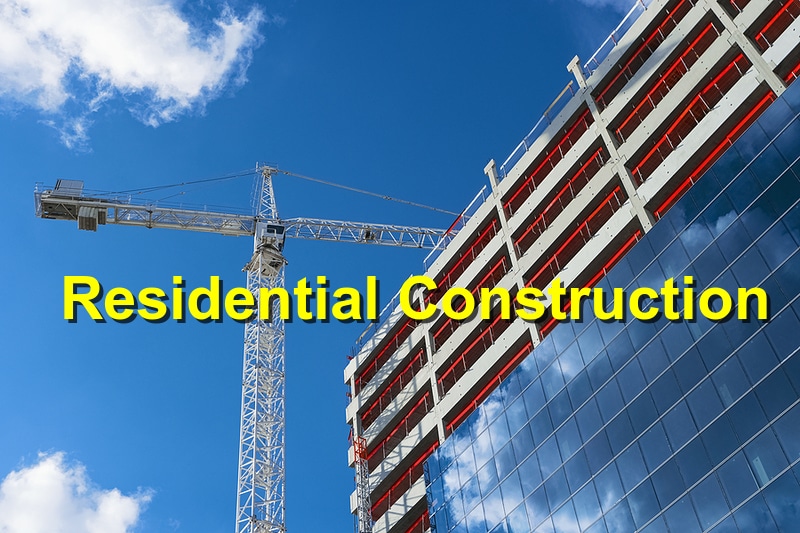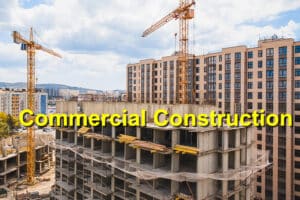Building a new home is one of the most exciting—and significant—investments a person can make. From selecting the perfect lot to seeing walls rise and paint dry, the residential construction process transforms ideas into a real, livable space. While the end result is rewarding, understanding what to expect along the way helps avoid surprises and ensures a smoother experience from start to finish.
In 2025, residential construction projects are more personalized, tech-integrated, and environmentally conscious than ever. Whether you’re working with a design-build firm or a general contractor, this guide outlines the major phases of home construction and how to navigate each one with confidence.
1. Pre-Construction Planning and Design
The journey to your perfect home begins long before the first nail is hammered. Planning is essential to align your vision with budget, timelines, and feasibility.
Key steps:
- Site selection and inspection – Choose a lot that suits your needs and complies with zoning laws.
- Architectural design – Work with architects to design layouts that reflect your lifestyle, including must-have features and future needs.
- Budgeting – Develop a realistic budget, accounting for labor, materials, permits, and contingencies.
- Permits and approvals – Local governments require permits for everything from structural plans to plumbing and electrical work.
Tip: Begin with a clear list of wants and needs, and work with your builder to balance ambition with affordability.
2. Groundwork and Foundation
Once plans and permits are approved, construction begins. This stage includes preparing the land and laying the foundation that supports your entire home.
What happens:
- Site clearing and grading – Removes trees, rocks, and debris to level the area.
- Excavation and utility setup – Trenches are dug for plumbing, water, sewer, and electrical systems.
- Foundation installation – Slab, crawl space, or basement foundations are poured and cured.
Why it matters: A solid foundation ensures structural integrity and long-term stability. Poor preparation here can lead to costly issues later.
3. Framing the Structure
With the foundation set, the home begins to take shape. Framing outlines the layout and structure of your living spaces.
This stage includes:
- Wall, floor, and roof framing
- Installation of windows and exterior doors
- Roof sheathing and covering
2025 update: Many builders are now using advanced framing techniques and prefabricated components to reduce waste and speed up construction.
4. Mechanical, Electrical, and Plumbing (MEP)
Behind every functioning home is a network of critical systems. During this phase, contractors install the bones of your home’s infrastructure.
Key systems:
- Electrical wiring and panel setup
- Plumbing lines and sewage connections
- HVAC ducts and equipment
- Smart home prewiring (for automation, security, or internet)
Tip: Work with your builder to decide on smart home features or energy-efficient systems early—changes later can be expensive and time-consuming.
5. Inspections and Code Compliance
Building inspectors will visit the site throughout construction to ensure your home meets safety and code requirements.
Typical inspections:
- Foundation inspection
- Rough-in (MEP) inspection
- Framing and insulation
- Final inspection before occupancy
Advice: Stay in touch with your builder or project manager to stay informed of passed inspections and any delays due to compliance issues.
6. Interior and Exterior Finishes
Now the home really starts to feel like yours. Once the structure is sealed, attention turns to the details that bring comfort, personality, and style.
Interior finishes:
- Insulation and drywall
- Painting and trim work
- Cabinetry, countertops, flooring, and fixtures
Exterior finishes:
- Siding, stonework, or stucco
- Driveways, walkways, and landscaping
- Decks, patios, or outdoor kitchens (if planned)
2025 trend: Sustainable materials like bamboo flooring and recycled countertops are increasingly popular, offering both beauty and eco-friendly benefits.
7. Final Walkthrough and Handover
Once construction is complete and passes all inspections, you’ll conduct a final walkthrough.
What to expect:
- Create a punch list of any final fixes or touch-ups needed.
- Review warranties for appliances, systems, and structural elements.
- Receive owner’s manuals and maintenance guides.
- Get the keys to your new home!
Pro tip: Don’t rush this part. A thorough walkthrough ensures you catch small issues before you move in.
8. Post-Construction Support and Maintenance
Even after the home is built, a reliable contractor will remain a resource for ongoing support and guidance.
Post-construction services may include:
- Warranty repair services
- Seasonal maintenance tips
- Energy-efficiency assessments
Homeowner tip: Keep detailed records of your home’s systems, warranties, and upgrades—these will be useful for resale, repairs, or improvements later.
Conclusion: Building a Home with Confidence
Residential construction is a process that blends creativity, planning, craftsmanship, and patience. Understanding what to expect at each stage—combined with clear communication with your construction team—will make your experience more enjoyable and less stressful.
In 2025, building the perfect home means more than choosing finishes. It’s about creating a safe, efficient, and lasting space where you and your family can thrive. Whether you’re starting from scratch or building on a dream that’s been years in the making, a well-planned construction journey turns blueprints into a beautiful, livable reality.
References: KTRH, Design Corner




